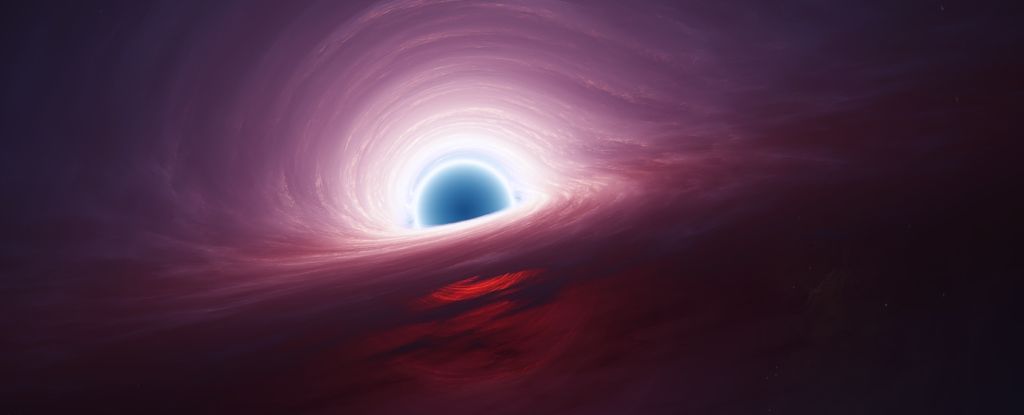
Astrophysicist Cosimo Bambi from Fudan University in China has proposed an ambitious mission to send a spacecraft to study black holes, which are among the most enigmatic objects in the Universe. His idea involves an interstellar journey to the closest known black hole, aiming to unlock secrets about these gravitational giants that have remained elusive due to their nature of emitting no detectable light.
Black holes possess the strongest gravitational fields known, rendering them difficult to study. Traditional methods rely on observing their influence on surrounding space-time. Bambi emphasized the potential of direct exploration, stating, “I was looking for some completely new way to study black holes… and I realized that an interstellar mission to the closest black hole is not unrealistic.” This concept challenges existing boundaries in astrophysics and could lead to significant advancements in our understanding of general relativity.
Exploring the Unknown
The mission’s objectives extend beyond mere observation; they aim to test the predictions of general relativity under extreme conditions. Bambi noted that while current knowledge of black holes is substantial, it is overshadowed by the vast unknown. He stated, “We do not know the structure of a black hole, namely of the region inside the event horizon. General relativity makes clear predictions, but some of them are certainly incorrect.”
Bambi outlined the initial challenges of such a mission, starting with identifying a suitable target. The closest known black hole is approximately 1,565 light-years from Earth. He pointed out that there may be closer black holes that remain undetected. “If there is a black hole within 20 to 25 light-years of the Solar System, we can develop the technology for such a mission,” he explained. If the target lies beyond this range, the mission’s technological demands become significantly more complex.
The next hurdle involves developing a spacecraft capable of traveling at speeds reaching one-third the speed of light. Bambi proposed a method of propulsion that would begin with Earth-based lasers, transitioning to solar power as the craft journeys toward its destination. He estimated that this mission could take around 70 years to reach a black hole and return data to Earth.
A Century of Discovery
Bambi envisions multiple probes orbiting the black hole, which would provide the best opportunity for data collection. The primary probe could separate into smaller units, allowing for the examination of various trajectories and the behavior of electromagnetic signals in the black hole’s gravitational field. Given the distances involved, any data sent back would take an additional 20 years to reach Earth, resulting in a total mission duration of approximately one century.
Despite the challenges, Bambi remains optimistic about the potential findings. He hopes to observe deviations from general relativity’s predictions, which could lead to new theories in physics. Reflecting on the mission’s feasibility, he remarked, “It may sound really crazy, and in a sense closer to science fiction. But people said we’d never detect gravitational waves because they’re too weak. We did – 100 years later.”
Bambi’s proposal, which has been published in the journal iScience, represents a significant step forward in the pursuit of understanding black holes. The ambitious nature of this project highlights the importance of long-term planning in space exploration and the potential for groundbreaking discoveries that could reshape our understanding of the Universe.






